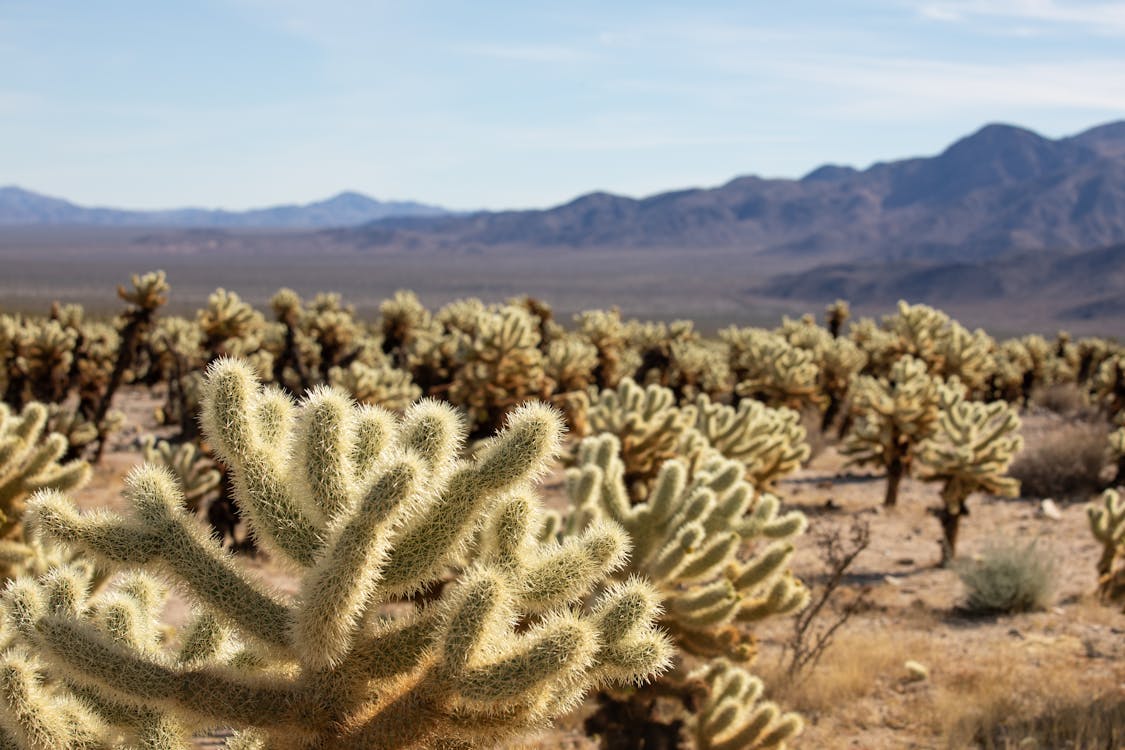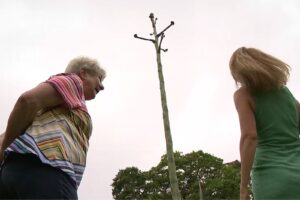When one thinks of the Sahara Desert, images of vast sand dunes, relentless heat, and sparse vegetation typically spring to mind. While the Sahara is predominantly characterized by its arid climate and golden deserts, one might wonder: are there really cacti in this iconic landscape? This article explores the fascinating intersection of cacti and desert ecosystems, particularly within the Sahara.
The Sahara Desert spans over 3.6 million square miles, making it the largest hot desert in the world. Although it is predominantly known for its sand-covered expanses, diverse flora and fauna have adapted ingeniously to thrive in such severe conditions. To understand the potential presence of cacti in the Sahara, it is essential to examine the biological classification, habitat requirements, and adaptability of cacti in desert environments.
From a botanical standpoint, cacti belong to the family Cactaceae, which comprises a wide array of species predominantly found in the Americas. These succulents are renowned for their water-storing capabilities as well as their extraordinary ability to tolerate extreme temperatures. So, could some of these resilient species have made their way to the Sahara?
Firstly, it is crucial to appreciate that true cacti, found in their indigenous habitats across North and South America, are specifically adapted to environments ranging from arid deserts to mountainous terrains. With adaptations such as a waxy outer layer, specialized photosynthesis processes, and modified leaves that transform into spines, cacti are marvels of evolution. However, their adaptations are closely tied to specific climatic conditions mostly found in the Americas. Thus, it is unlikely to find genuine cacti flourishing in the Sahara.
Yet, the Sahara is home to a variety of succulent plants that may bear a resemblance to cacti but belong to different families. One such example is the Euphorbia species, particularly Euphorbia obtusifolia and Euphorbia regis-jubae. These plants exhibit some superficial similarities to cacti, such as thickened, fleshy stems and the ability to store water. However, they do not belong to the Cactaceae family; they are, in fact, part of the Euphorbiaceae family.
The concept of looking alike but being completely different extends beyond the Euphorbia species. A range of succulent plants adapted to arid conditions can be found in the Sahara, showcasing the desert’s remarkable ability to sustain life through diversity.
Delving deeper into the subject, it is pertinent to explore the ecological importance of succulent plants in arid environments. Contrary to popular belief, these plants play a vital role in their ecosystems. They provide food and shelter for various animals and insects while also forming part of the soil structure that aids in moisture retention. This creates a microhabitat that can sustain other forms of life in an otherwise harsh environment. Cacti and their relatives, including those substitutes found in regions like the Sahara, act as invaluable resources to sustain the delicate balance of the desert ecosystem.
Furthermore, these succulent plants are vital in combating desertification. As extreme weather patterns continue to worsen, arid regions such as the Sahara are increasingly susceptible to processes that diminish their ability to support life. Succulent plants serve as anchors in the fragile soil, reducing erosion, and enhancing moisture retention, thus aiding in soil regeneration.
Moreover, the incursion of globalization and human activity has impacted the delicate ecosystems of the Sahara. The expansion of agricultural practices, inappropriate land usage, and climate change are pushing some native species to extinction. Conservation efforts play a significant role in preserving not just endemic species but also the ability of the Sahara to sustain its unique ecosystem. The local flora must be nurtured, enabling it to adapt to the consequences of climate change.
In terms of practical uses, the cacti family, along with its related succulents, has garnered interest for both commercial and traditional purposes. While truly native cacti may not be found, some Euphorbia species might provide edible fruit or medicinal properties. For example, certain Euphorbia extracts have been traditionally used in herbal medicine to treat ailments. Additionally, the unique aesthetic features of succulents make them popular in ornamental horticulture, appealing to gardening enthusiasts and collectors alike.
In summary, while true cacti do not inhabit the Sahara Desert, the presence of fascinating succulent plants adapted to the region attests to the complex and diverse ecosystems that exist within this majestic landscape. The adaptability, ecological importance, and functional diversity of these succulents encapsulate a vital role in sustaining life in arid environments. Prosperity in such harsh conditions serves as a reminder of nature’s perseverance and the significance of preserving these delicate ecosystems against the backdrop of climate change. Understanding these intricacies promotes a deeper appreciation of the Sahara and all its unyielding, yet fragile, denizens.





Leave a Comment